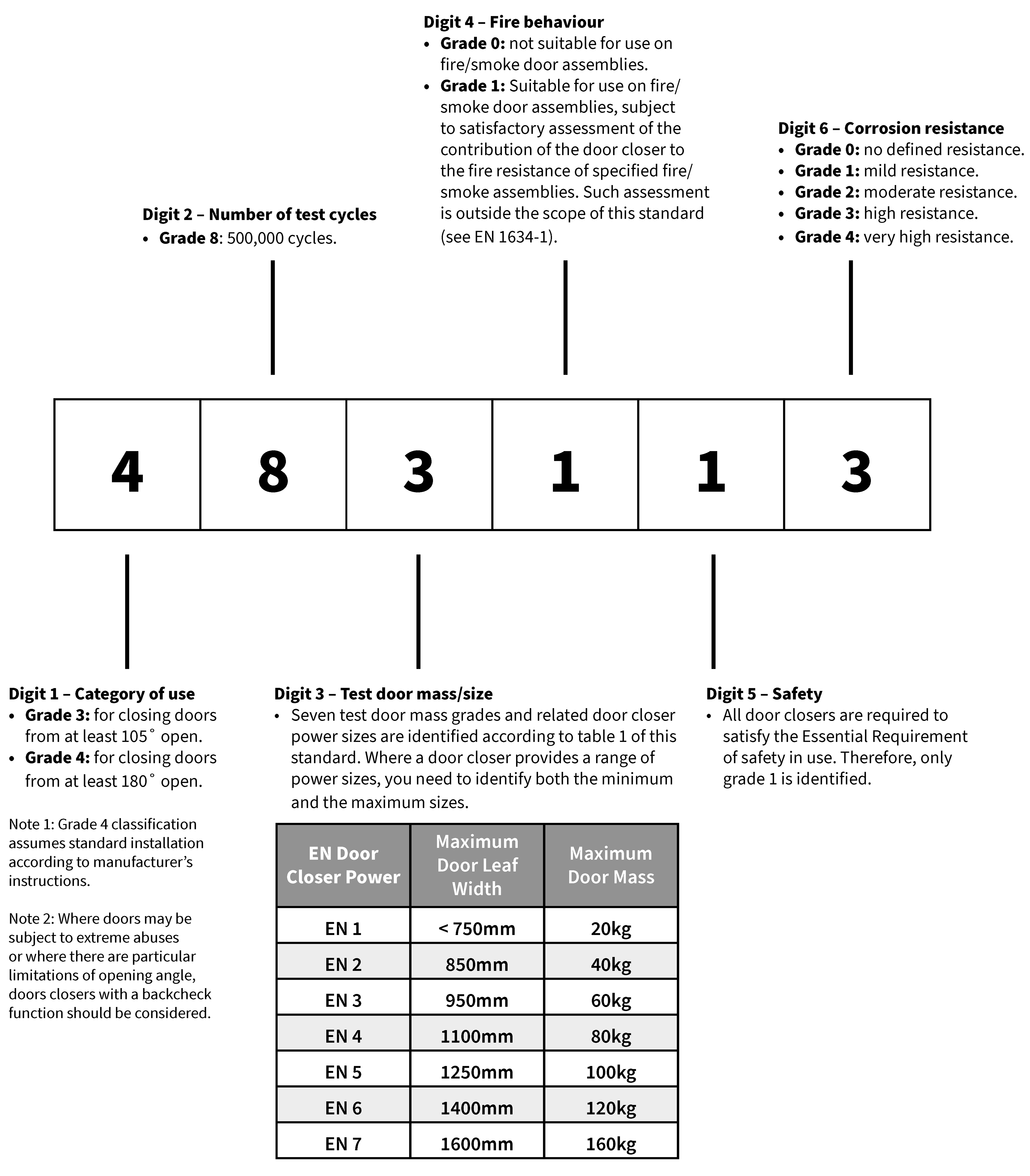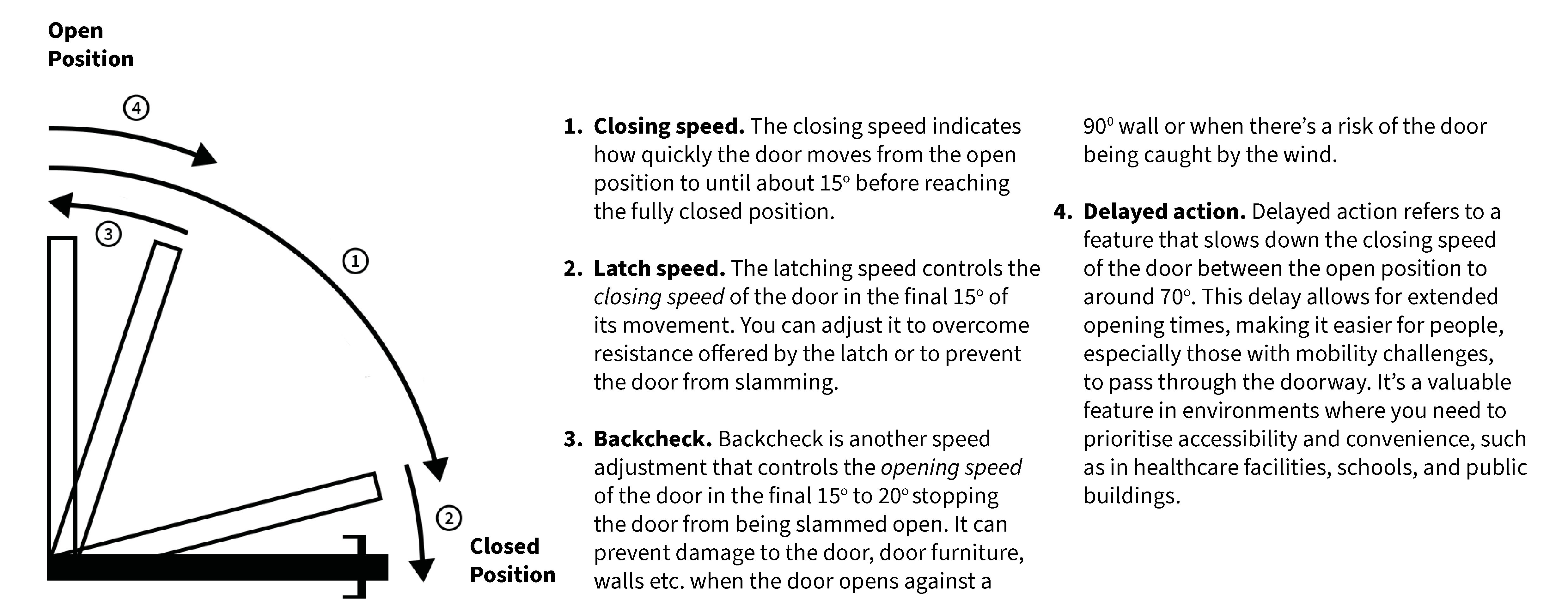I have recently attended a webinar focused on the new Building Safety Act. One of the panellists, a lead contractor in the construction industry, highlighted a common challenge faced by many in that field: understanding what the various standards and regulations mean.
Many locksmiths, who frequently install door closers, exit devices, and security products subject to these standards, may encounter similar difficulties. At the same time, knowing the implications of these regulations is essential for ensuring compliance and quality in your work.
That’s why I have decided to write a brief guide to explore BS EN 1154: 1997 and give you other useful information that I hope will help you specify and install door closers.
BS EN 1154: scope of the standard
BS EN 1154: 1997 is the British-European standard for controlled door-closing devices (door closers). The standard outlines the performance, durability, safety, and testing requirements for these devices, ensuring that manufacturers, installers, and users adhere to industry standards efficiently and effectively.
Door closers covered by BS EN 1154
Products covered by BS EN 1154 include several types of manually operated door closers such as:
You should note that door closers equipped with electrical components must also comply with the requirements set forth by BS EN 1155.
BS EN 154 coding system
BS EN 1154 classifies door closers using a 6-digit coding system that you can find on the product together with the UKCA/CE marking. Every digit details the product's compliance with the BS EN 1154 standards. Let’s take a closer look at each digit with an example of a full classification:

Fitting door closers to fire doors
BS EN 1154 offers additional recommendations that you need to take into consideration when specifying a door closer for a fire door assembly. These include:
Additional adjustments
When fitting a door closer, whether for a standard door or a fire door, you will also need to consider the door type, how it's used, who is going to use it and the performance requirements of your job. Once you have done that, you can fine-tune the operational adjustments of the door closer to suit those specific needs.
The first one is the Door closer power that I mentioned when I talked about the coding system. Now let’s have a look at the other ones:

Conclusion
BS EN 1154 serves as a critical standard in guaranteeing the dependability and safety of door closers in a range of settings. Equally vital is consulting the manufacturer's instructions, as they determine the design, testing, and compliance with BS EN 1154.
Take, for example, the mounting positions for overhead door closers. Variations in mounting positions for overhead door closers can impact their performance rating, which is why you should always refer to the device's Fitting Instructions and Declaration of Performance.
It's these little details that make all the difference in ensuring that every time you install a door closer, you will meet the highest standards of reliability and safety.
Source: BS EN 1154:1997 Building hardware. Controlled door closing devices. Requirements and test methods (1997). British Standard Institute.